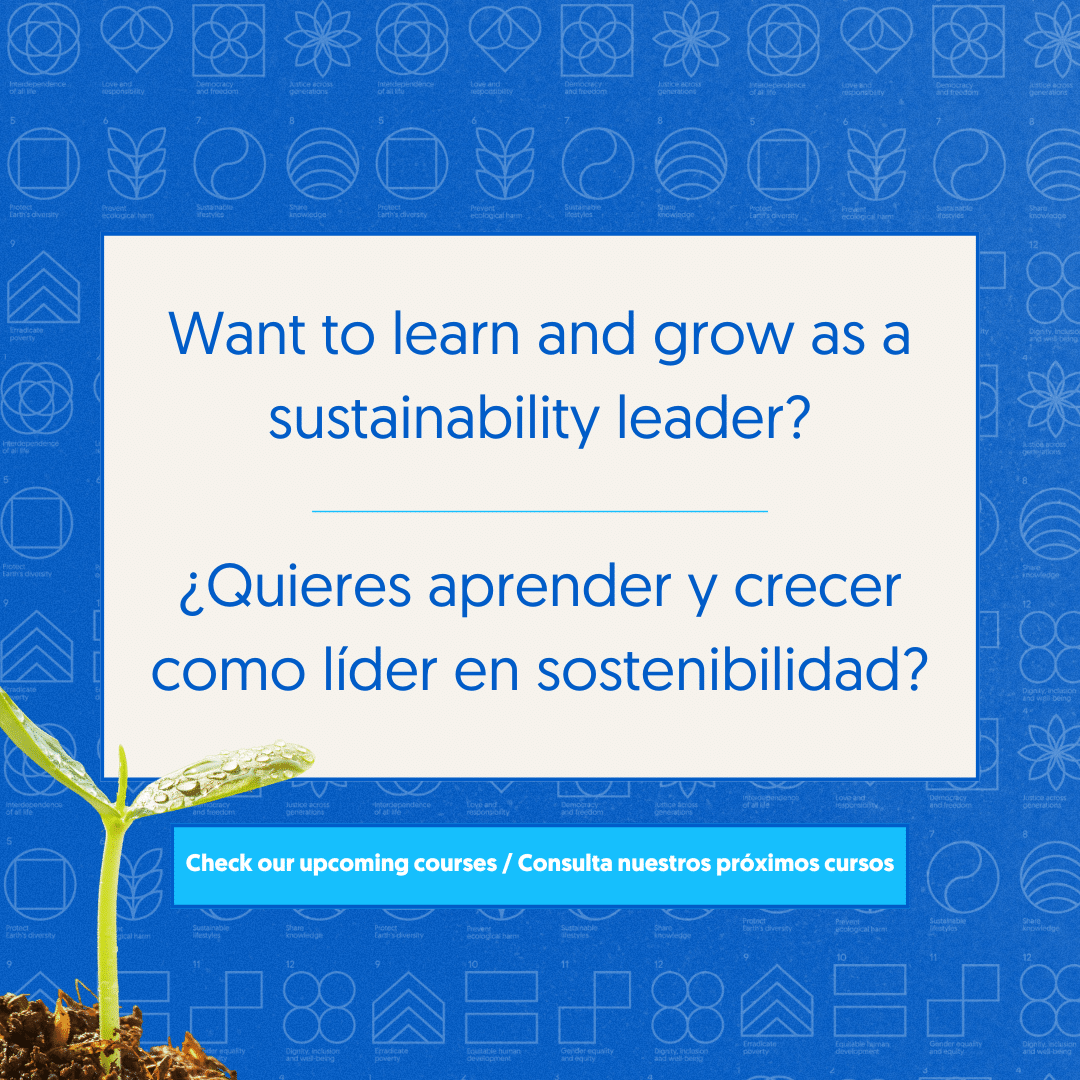 The menstrual cup is a product that connects a woman with her body, her menstruation and the environment.
The menstrual cup is a product that connects a woman with her body, her menstruation and the environment.
Here are eight reasons in support of using a menstrual cup:
1. Greater freedom, comfort and safety – The menstrual cup makes you feel free because you do not feel anything. Unlike the pad, the cup is not heavy, odorous or warm.
It can be used whenever, wherever: going to school or work, sleeping naked, swimming, exercising, traveling, etc.
2. Prevents vaginal infections – Menstrual cups have less bacterial growth than tampons or pads. [1], [2], [3].
Pads and tampons are contaminated by blood, urine and feces, which keep the vaginal orifice warm and moist and permit the growth of bacteria and the development of infections [2]. In contrast, the menstrual cup keeps the feminine intimate area well ventilated, prevents the previous conditions mentioned and ensures a good intimate hygiene.
The cup is FDA-certified, made of medical grade silicon, and does not contaminate the vagina, alter the pH, absorb vaginal moisture or release any chemicals into your body.
3. Cheaper cost – For around US$30, you will have a product that lasts 10 years. A month of pads and tampons costs at least US$3. In less than a year, you will start to see savings!
4. Protect the environment – By using a cup, you contribute to a cleaner and healthier planet.
Common menstrual products cause:
- Increase of solid waste: There are more than 3.7 billion women 1 in the world. In her lifetime, a woman on average will bleed around 2,500 days. Imagine how many used menstrual products a single woman sends to the landfill, the streets, the rivers, oceans, etc.
- Accumulation of toxic waste: Plastic, including that found in disposable menstrual products, takes 500 years to break down. Your menstrual waste will outlive you by 400+ years!
- Deforestation of native forests: The Bank of Forests, an NGO in Argentina, states that “60% of the weight of pads and tampons is Pasta Fluff, a resource extracted from pines planted where the jungle used to be.” That year, “Maggacup” and the Bank of Forests created an alliance where one square meter of the native forest will be protected for each cup sold. 2
Is your pad worth more than the rainforest?
 5. Collects blood longer – Up to 12 hours without having to empty it! (Depending on the amount of flow).
5. Collects blood longer – Up to 12 hours without having to empty it! (Depending on the amount of flow).
In fact, by using common menstrual products your flow may seems like a lot, but in reality it is not. The amount of blood lost is usually between 4 to 12 teaspoons each menstrual cycle1. For that reason, different cup sizes were designed to hold from 15 to 40 ml.
6. Get to know your body better – As the menstrual cup requires manual manipulation, you will have the opportunity get to know better the anatomy of your vagina, the consistency, the flow and smell of your blood.
Moreover, it helps you get used to your bleeding and visualize your menstruation as part of your feminine essence.
7. No bad odors – The blood which accumulates in the cup does not oxidize or generate a bad odor, as it does not come into contact with oxygen. No longer will you worry when you bleed, because there is nothing that other people around you can smell!
8 . No one notices – The cup is invisible to others, does not create a bulge like a pad, so you can wear tight and light clothes. No one will notice that you are on your period!
“The menstrual cup changed my lifestyle, when will you start using it?”
The consumption of the cup has increased thanks to access to the information, daring to break taboos and prejudices, and the increase of shared experiences among women.
The menstrual cup falls under Principle 7 of the Earth Charter: to adopt patterns of production, consumption, and reproduction that safeguard Earth’s regenerative capacities, human rights, and community well-being.
Recommendations:
You can use the cup with an IUD and if you are a VIRGIN. You cannot use it until you are fully recovered from active vaginal infections, giving birth or an episiotomy.
Written by ECYL, Suhei Castro
Footnotes:
- The current world population is 7,728,369,510. (September 5, 2019).. The population is estimated to be 51% men 49% women. That is, there are currently 3,786,901,069 women in the world. Source: info
- More information on their Facebook profiles: Maggacup and Banco de Bosques.
References:
[1] HOWARD LC., TROUTON K., STAMM H., MARENTETTE D., KIRKPATRICK N., KARALIC S., FERNANDEZ R. and PAGET J. (2011). FLOW (finding lasting options for women) Multicentre randomized controlled trial comparing tampons with menstrual cups. Canadian Family Physician 57:208-15 [online]. https://www.cfp.ca/content/57/6/e208.full
[2] PEÑA, EF. (1962). Menstrual Protection: Advantages of the Menstrual Cup. Obstetrics & Gynecology. 9:684-87 [online].https://scholar.google.com/scholar_lookup?author=EF+Pena&title=Menstrual+protection.+Advantages+of+the+menstrual+cup&publication_year=1962&journal=Obstet+Gynecol&volume=19&pages=684-7
[3] KARNAKY, KJ. (1962) Internal Menstrual Protection with the Rubber Menstrual Cup. Obstetrics & Gynecology. 19:688-91 [online]. https://journals.lww.com/greenjournal/Citation/1962/05000/Internal_Menstrual_Protection_with_the_Rubber.20.aspx
[4] WebMD Medical Reference (2019) Retrieved August, 2019 from https://teens.webmd.com/girls/qa/what-is-menstruation







